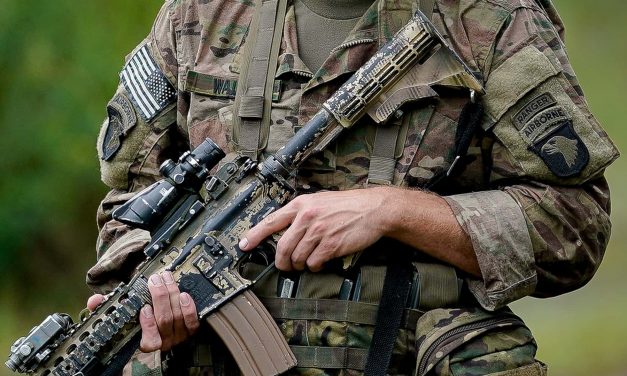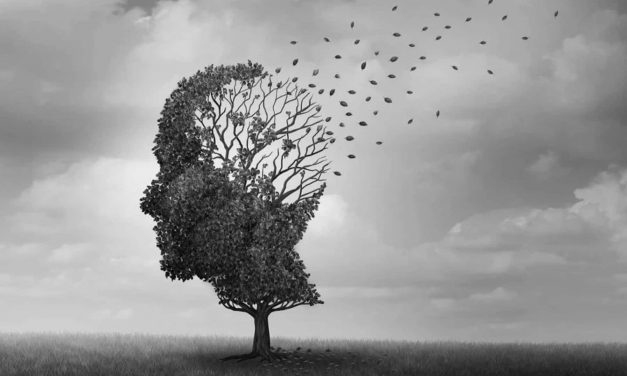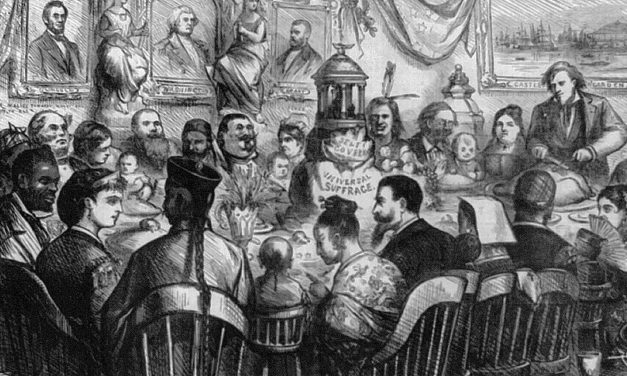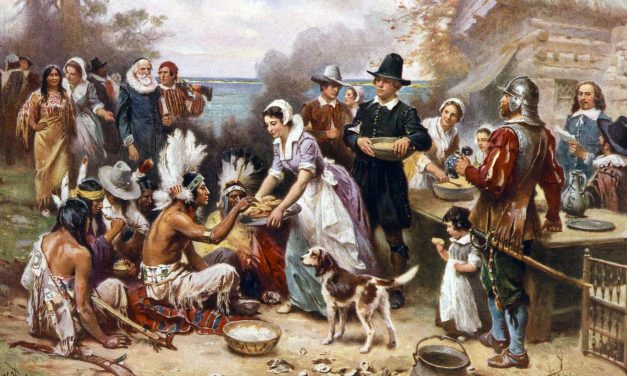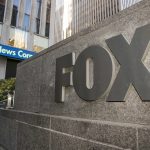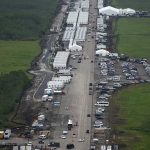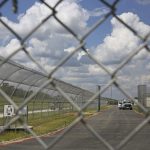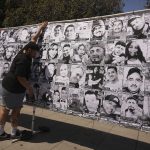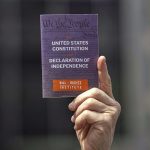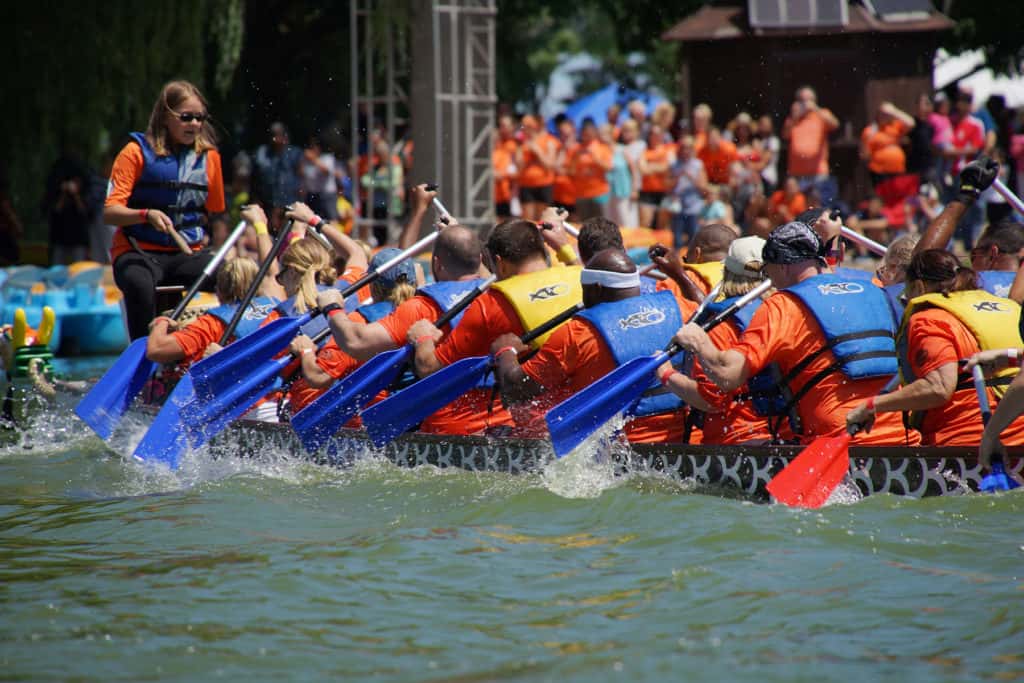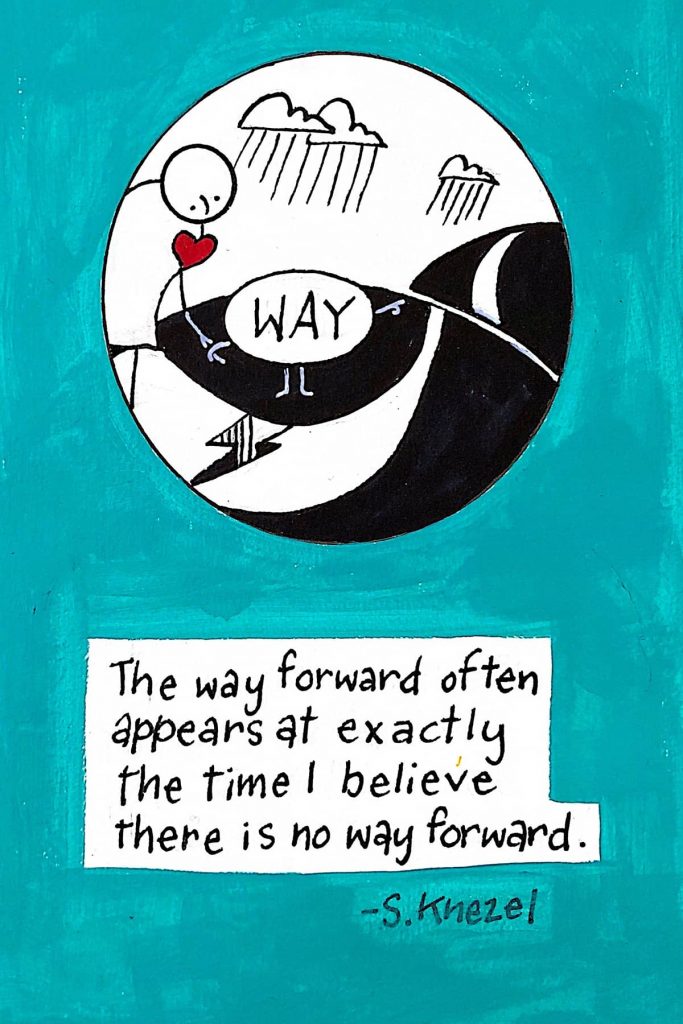A Global Bully: America abandoned diplomacy and now depends on the military for quick solutions
By Monica Duffy Toft, Professor of International Politics and Director of the Center for Strategic Studies at The Fletcher School of Law and Diplomacy, Tufts University Historically, the U.S. advanced from a position of isolationism to one of reluctant intervenor, to global policeman. Based on my research since 2001, I believe that the U.S. has transformed itself into what many others view as a global bully. I do not use the word lightly. But if, by definition, a bully is someone who seeks to intimidate or harm those it perceives as vulnerable, then that is an apt descriptor of...
Read More
